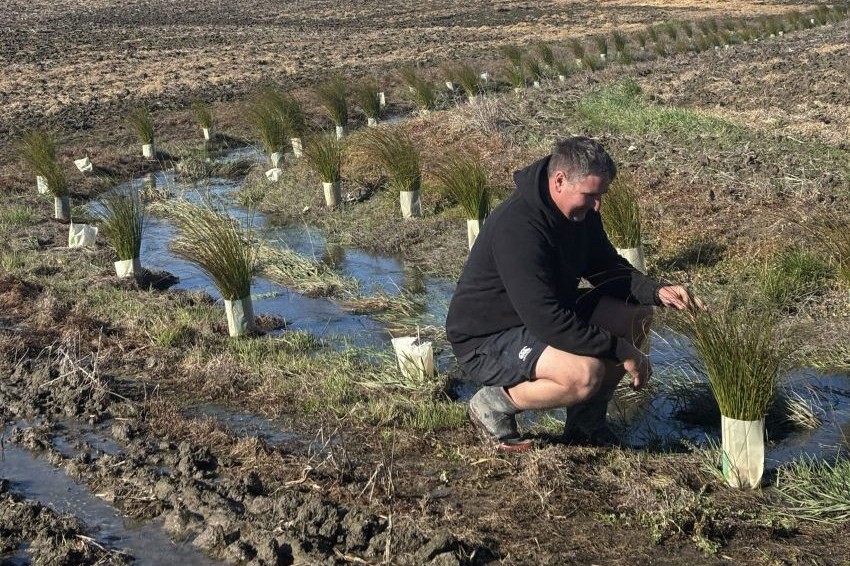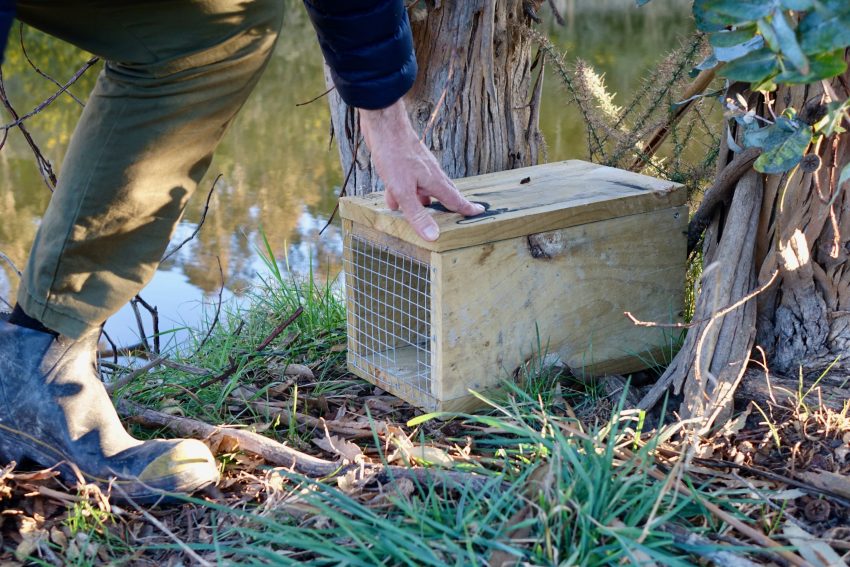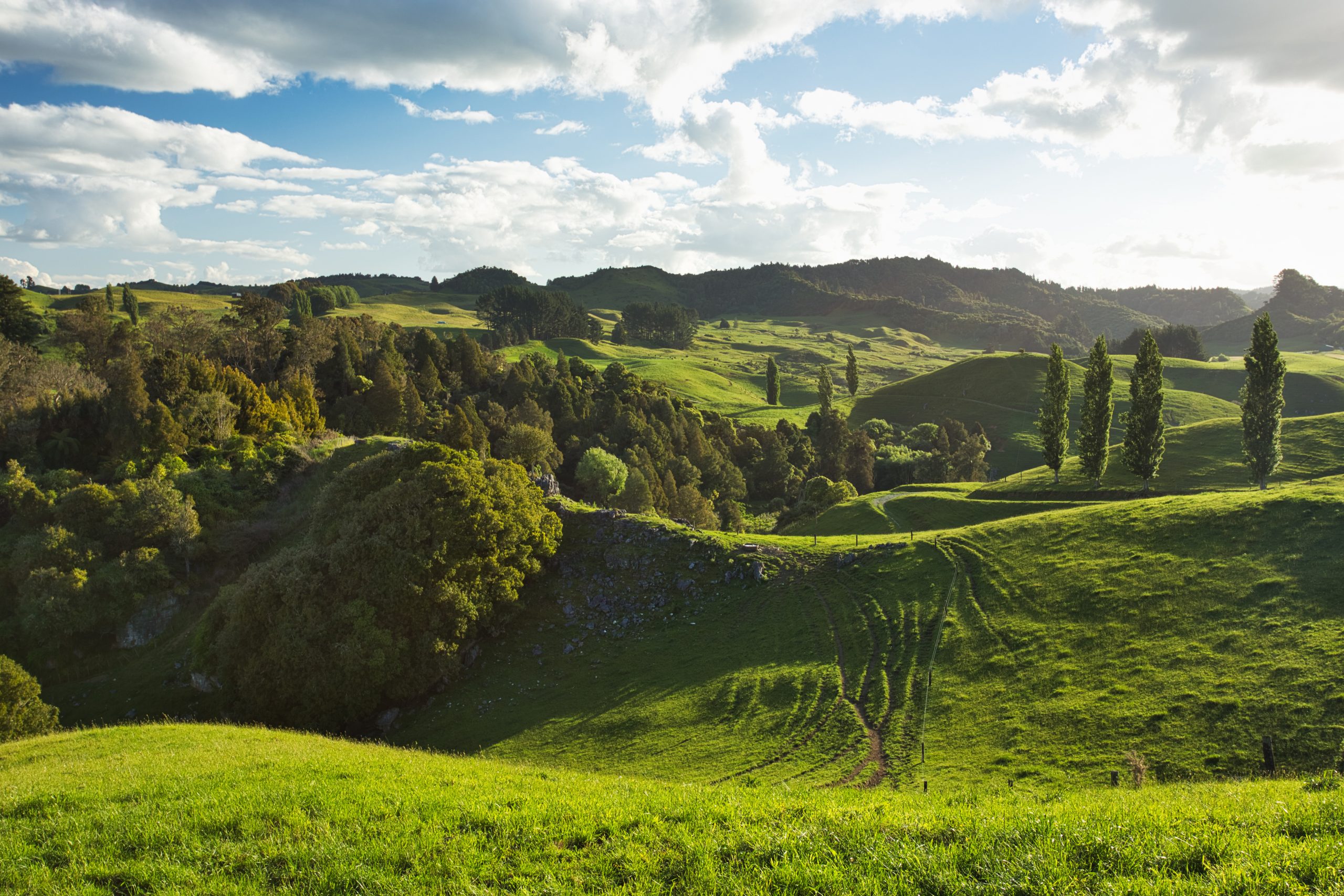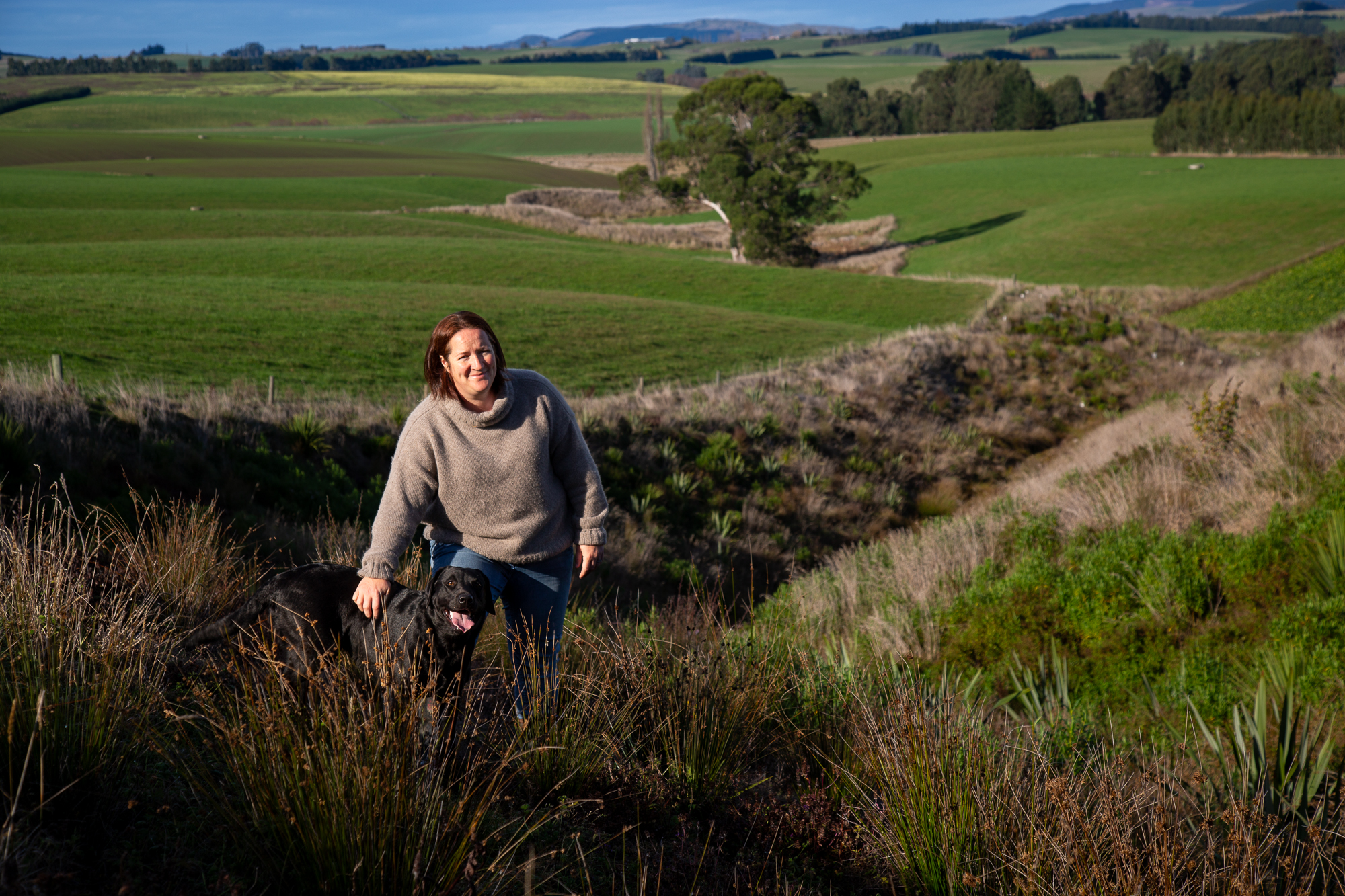What tree to plant and where
Peter Arthur gives advice on what tree to plant and where.
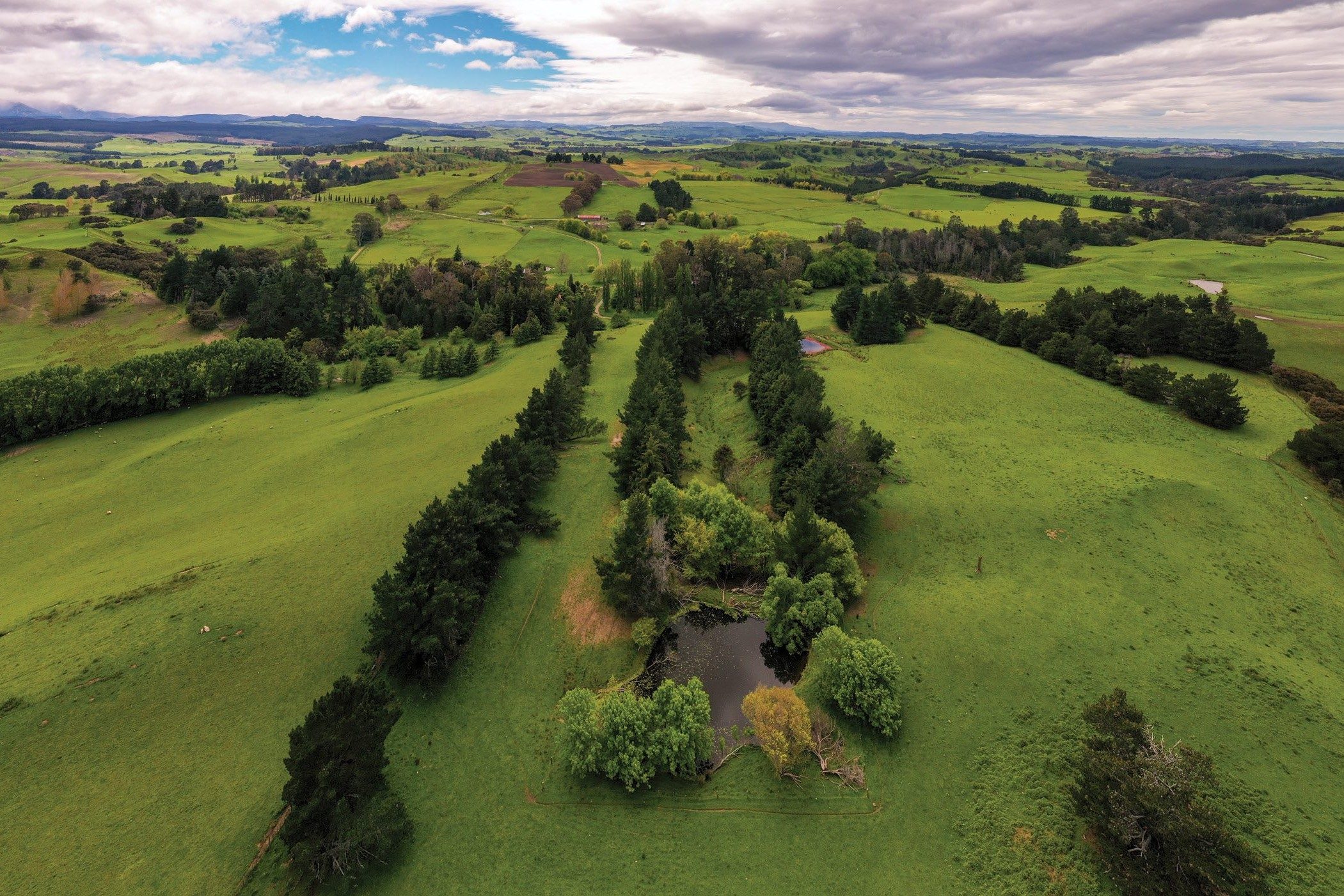
If you are wanting to plant some trees the first thing to do is look about you and see what thrives in your area.
You will see pines, eucalypts, poplars, willows and macrocarpas. These are all easy, bullet-proof trees that have withstood droughts, frosts, gales and pests and diseases.
Look a bit closer and you will probably see oaks, silver birches, golden elms, redwoods, horse chestnuts, liquidambars, London planes, cedars, tulip trees and walnuts. Again, they are all good, tough trees.
On the steeper country and in gullies and waterways, there will be natives, either forest remnants or recently planted. In open paddocks you will often see patches of kanuka, manuka, totara and cabbage trees, the latter rapidly declining in number.
For good advice as to what grows well in your area join the NZ Farm Forestry Association and go to their local field days. Their emphasis is too much on pines, trees for timber and carbon credits , but they also have members who are interested in what they term amenity planting. This is what appeals to me, trying to make the farm an attractive place to be.
I have blocks of pruned pine trees, incomprehensible carbon credits and about 80 hectares of steep papa gorges which have never been cleared of the native vegetation – kowhais, hoheria, rangiora, lace barks, karamu, pittosporums, mahoe, flax, tree ferns, kanuka and manuka. Also goats and deer but no possums for the last 15 years or so, due to TB-control poisoning.
About 45 years ago I planted about a dozen each of kauri, matai, totara, kahikatea and rimu in patches down the gorge. Goats, deer and possums got everything bar the rimu which is now a nice little group. None of these trees had any barricades to protect them.
In another area, amongst kanuka and manuka I planted some totara in 44-gallon drums. One or two have survived but these have had their tops chewed out by cattle.
I have only recently heightened these barricades.
In yet another gorge I direct-sowed the seed of black walnut (Juglans nigra) under scrub and kanuka with no protection and some of these have grown into quite nice trees. The gorges are fenced off so there are no sheep or cattle, only goats and deer.
For the last 50 years I have been playing around with amenity trees and visiting Eastwoodhill Arboretum , near Gisborne, Hackfalls Arboretum, Tiniroto, between Gisborne and Wairoa, and many other plantings to see what I liked the look of.
Hackfalls is particularly interesting as it is grazed with sheep and every tree is labelled so you know what you are looking at. Every tree was started off with an individual Weldmesh netting barricade.
Now I have about 500 different tree species on the farm, some thriving, some struggling. Some are in groups of 10, others just in ones or twos to see if they will grow here. The surprise has been deciduous Asiatic magnolias which are remarkably tough and very spectacular in the late winter. Oaks are a winner and I have several thousand of them. There are about 600 different species of oak, half of them coming from Mexico. I have about 80 different species and the autumn colour of some of them gives me great pleasure.
The late Bob Berry, of Hackfalls, made eight trips to Mexico collecting acorns and his trees are now producing seed. Some of these oaks, which are evergreen are very fast growing, and at the Guthrie Smith Arboretum at Tutira are keeping up with eucalypts and poplars.
Not sure how mine are doing by comparison. They could be producing very good timber one day.
In 1807 the British navy bombarded Copenhagen and captured or destroyed the Danish fleet. The Danish Navy asked the Forest Service to plant 90,000 oaks to build replacement ships. About two years ago, or 210 years later, the Forest Service contacted the navy to say their trees were ready…
If you haven’t planted trees before, start with something tough and easy to grow, a poplar, plane tree, willow or oak. There is nothing like initial success to get you going.
Many years ago Paulonia elongata was heavily promoted as the perfect farm tree and many in this district fell for it and did small plantings. Frost got the lot and many of those who tried it were so disappointed they have never planted another tree.
Two out-of-print books “Trees, Farms and the New Zealand Landscape” by George Stockley and “Trees for the New Zealand Countryside—A Planters Guide” by John and Bunny Mortimer are both excellent references as to what to plant where. The Mortimers travelled round NZ and took photos of mature specimens so you get a good idea as to what the tree will eventually look like.
In most photos there is a horse, fence, dog or person to give some scale.

